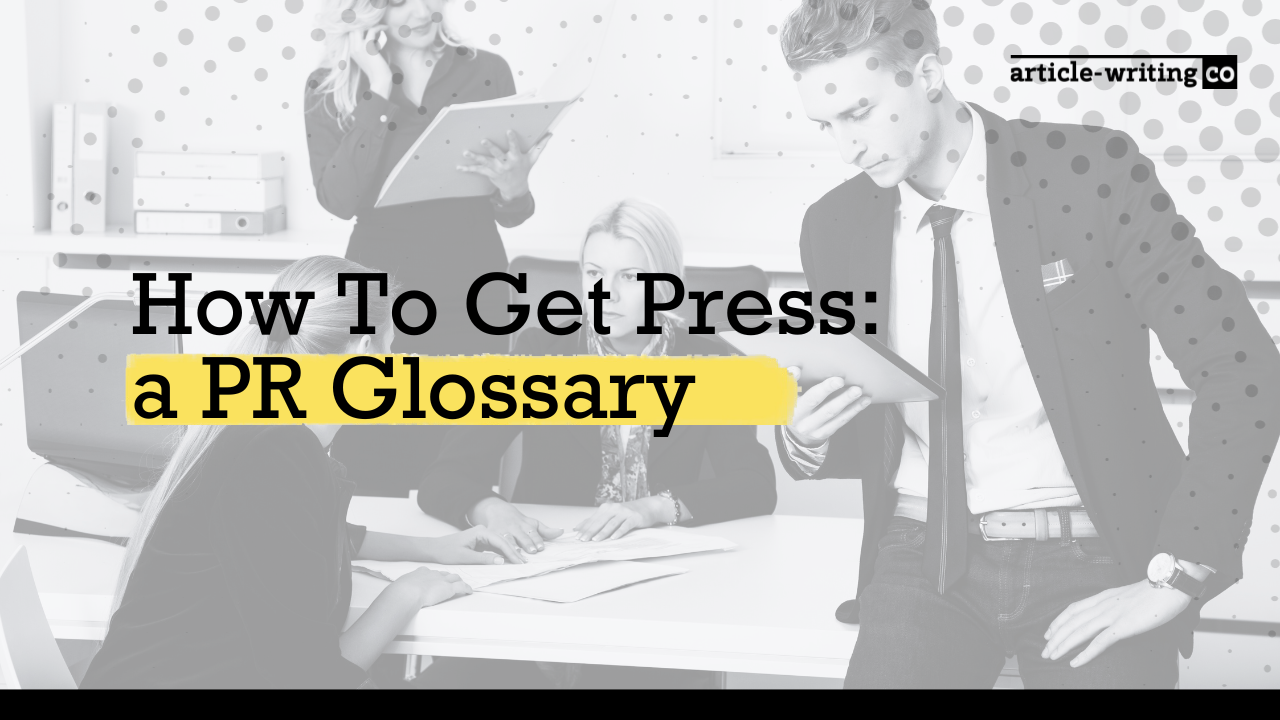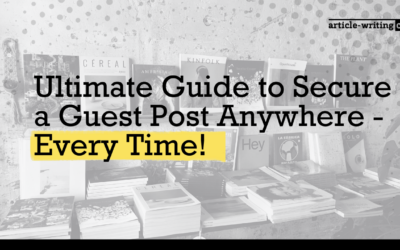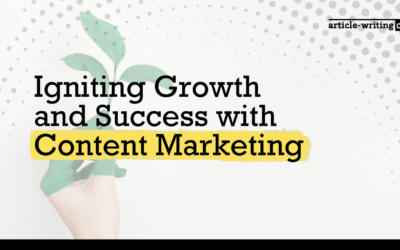If you are wondering how to get press coverage for your startup in 2018, this glossary of PR terms is the place to start.
Will These Terms Help Me Get Press?
Yes! This list is meant as a guide to help entrepreneurs figure out how to get press for their start-up.
It is by no means a comprehensive list – think of it more like a strategic compilation of terms that you can use to impress a journalist.
Public Relations is essentially the ongoing practice of curating the public impression of a company.
We say ‘curated’ because a lot of public relations work is generating news about the company for public consumption.
This content is either crafted by the company or generated by their press efforts, so therefore it’s curated.
Okay – now that the basics are understood, what about all the other press terms you may have heard but don’t fully understand?
That’s what this list is for.
So let’s dive in!
Pitch
A pitch is an actual proposition a business owner or PR agency makes to a journalist or media outlet.
The pitch can either be quite informal, as in just an email correspondence between a business representative and journalist.
That’s why we can say that the most important feature of a pitch is timing. Your pitch should always come after developing a casual professional relationship with a journalist.
Press Campaign
A press campaign is the process of taking a story about your business and getting it featured in as many media outlets as possible.
It starts with generating the story itself, and finishes once all media pertaining to the story have been published. It usually coincides with an important change in business operations: a new product, a special deal, a merger, or something of similar importance.
A press campaign is setup to achieve a specific set of goals. If your company has not developed a list of concrete actionable goals you want to achieve with a press campaign, it’s probably best to start with that.
A press campaign also requires precise measurement of success. It’s common practice to keep a log of press gained during a campaign, and where to pursue more potential outcomes.
Press
The term comes from the newspaper days when the daily paper was actually pressed together (the ink being injected onto the paper).
Press Coverage
Getting a number of different pieces of press means your business is enjoying strong press coverage.
Press coverage refers to the overall number of stories, features, or publications about the campaign in question. It could be an interview, a feature story, a guest blog, an Instagram post, a Twitter mention, or more.
Publishing articles is helpful press coverage.
There are a number of businesses out there designed to help you get great press, whether it’s for a product launch or general outreach.
Traditional PR
Prior to digital media, PR agencies had a far greater role as middleman between businesses and media outlets, and there were a number of nuances to print media PR that are no longer relevant.
In the era of digital media, traditional PR practices have paled in importance because of the proliferation of media outlets and the importance of transparency in business operations.
Today it is rare for a business owner not to be in constant contact with their audience via social media.
DIY Press
DIY press is the practice of entrepreneurs learning how to get press for their own businesses.
It involves researching journalists, forming relationships with them, writing a strong press release, and landing features.
Entrepreneurs looking to craft their own DIY press campaign are aided by outreach companies designed to help connect businesses with journalists, and visa versa.
A great example is HARO (or ‘Help A Reporter Out’). HARO is great because it puts potential sources into a database for journalists to source from when writing a story.
Getting setup with HARO is straight-forward and affordable.
Like all things PR, the more you pitch, the more chance you have of landing a citation.
Internet PR
Financial PR
The Beat
It’s a remnant of the newspaper days when every paper had a sports writer, a business writer, and a political writer.
Newswire
They charge a fee but make it clear that their database of journalists will make it worth the cost.
Newswires have fallen out of fashion with a lot of journalists because they are often lengthy and full of irrelevant topics.
Press Release
The press release is what actually gets shared with the public. In the past, PR agencies would write press releases for their clients.
Today it’s far more common for this to be done by the company itself.
If your company is writing it’s own press release, you should become acquainted with the traditional structure of a press release.
Important features of a well-written press release include:
- A catchy title with a focus on human interest (more on that later!)
- Small secondary title to state the point of the release
- Get right to the point
- Give a few choice quotes
These are all key aspects of an effective press release. It’s also common to include photos, links to relevant research, or other media to illustrate the point.
Even though every company should put their own unique spin on their releases, always keep in mind that journalists look over hundreds of emails a day and don’t have much time to appreciate a new approach.
Press Kit/Media Kit
Check out this excellent JPEG document Geralin Thomas has put together:
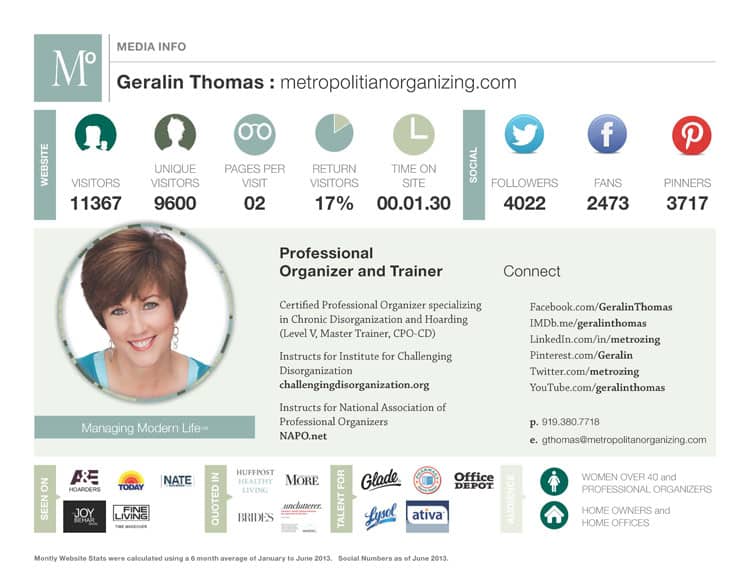
Exclusivity
Premiering a news piece is beneficial for the media site because it draws traffic, and beneficial to the company because it gives them a larger platform.
Reach
Media Impression
It could mean spending 5 seconds on the homepage of the Financial Times – that counts as 1 impression on all the pages linked to the homepage.
Earned Media
It could be that an influencer in your niche takes a liking to your company after reading about it on a popular site.
Any positive impact the influencer has on your revenue is the result of earned media because you did not pay a cent to get it.
Owned Media
Owned media is advertising content created and strategically placed by a company. It is often sent in combination with a press release to a journalist interested in publishing it.
Engagement
The term is also used extensively in digital marketing to measure how impactful a post or piece of content is.
In its digital marketing definition, engagement is the total number of actions people take on your content (the likes, comments, retweets, shares, etc).
Target Audience
In digital marketing, the target audience is the specific demographic of people you target owned media towards.
Entrepreneurs should keep their target audience in mind when writing the press release, of course.
However, when it comes to landing a piece of press, the target audience is defined more broadly because it refers to the entire readership of a publication rather than a search term, age, or geographical region.
An entrepreneur looking to get press for their fintech start-up should look to MarketWatch or The Street, for example, because they are sites with relevant high-traffic.
Launch
A lot of companies will set a launch day and plan their campaign around it. Conversely, a lot of sites will have a calendar for exclusive premiers that will limit the number of launches they can take on in a month.
So it’s always a matter of negotiation to set the specific day and time of a launch. When it is set, businesses usually offer a promotion to spur on sales.
PR Databases
Here’s an example of a PR database:
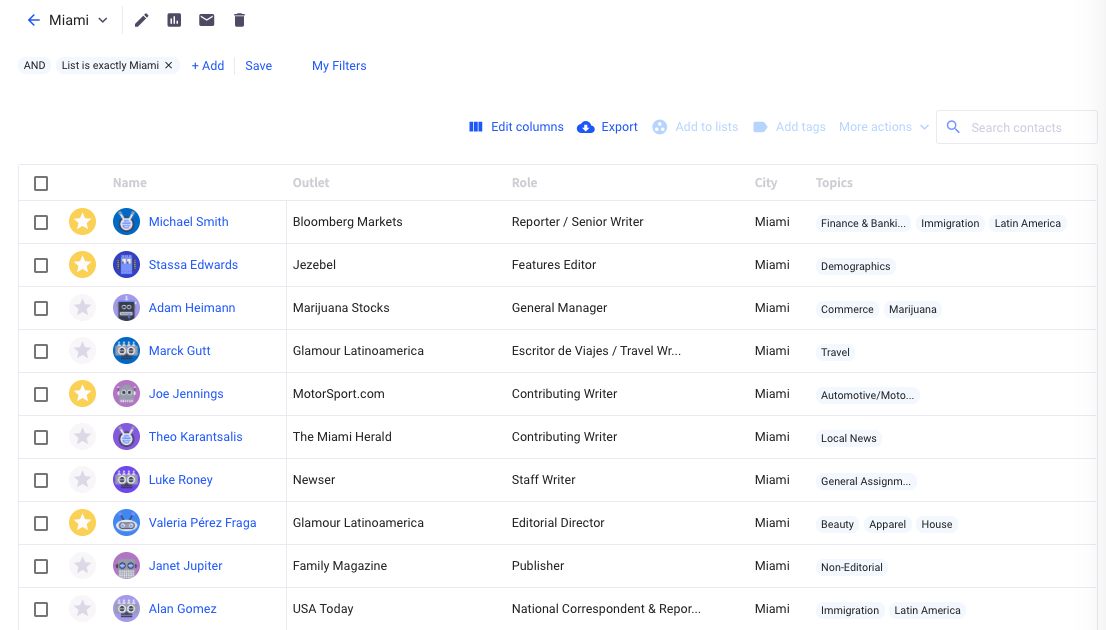
Today, there are a number of databases made available to the small-and-medium sized business, each with their own specialty area and price range.
Shared Media
Shared media is any content from a business that is shared on social media. Prior to social media, a company would usually only share media with the public via advertisement or a press release.
Today, if companies want to ensure strong public relations, they should be actively posting shared media to their social platforms.
That’s not to say you should be posting a press release once a week.
Exclusively posting press releases or news articles is old-school way of doing public relations, and no one wants to fall behind the times.
Writing articles, posting informal commentary, sharing customer photos – this is the kind of shared media your team should be posting every week to boost the public profile of the business.
They are a great complement to official press releases because they keep readers engaged and excited for new releases.
Publicity
It can also be used inter-changeable with ‘press coverage’, or ‘simply press’.
For example, saying “this company has great publicity!” means the same as saying “this company has great press!”
Currency
In the PR world, currency means having valuable and timely insight on a topic.
For example, if you are a well-regarded authority on mortgage rates, and the news is a flash with a projected interest rate hike, your opinion will have particular currency for news outlets looking for a reaction.
Goal Identification
It should be a specific, quantifiable goal that is not without the realm of possibility.
That is to say: the goals should synch up with the marketing plan and point the company in the same general direction. Here are some common goals that our clients have:
- Double the number of leads interested in downloading our free catalogue
- Maximize the number of social shares for 6 months’ straight
- Build brand authority by producing original content
Human Interest
A human interest piece is not your rudimentary press release, which usually sticks to the facts and keeps it simple. But here’s the catch: a great press release should be a human interest piece.
That means you have to dig deep and write about how your company has changed people’s lives for the better.
Hyperlinking
Digital press releases often contain one or two backlinks (one internal and one external) to illustrate authority and provide some context.
Editorial Calendar
An editorial calendar at a news-oriented site is going to have a lot of wiggle room.
A journalist pitches ideas to the editor of a site, and the editor sits down with all the potential ideas and create an editorial calendar (sometimes for the month, or 6-months, even a year – though not for content, more for structure).
Usually the editor will give a journalist a weekly or bi-weekly slot, and the journalist pitches ideas for each deadline. That is how a press release can find its way onto an authoritative site.
Influencer Engagement
Getting authoritative voices from your field on-board will provide a major boost to your press campaign, and influencer engagement is the first cue indicating potential interest.
How is it measured? Influencer engagement entails measuring all interaction with your content: the number of clicks, likes, shares, and reactions must be tracked for all influencers you reach out to.
Once you have enough data to analyse you can start tabulating the cost per engagement (CPE).
Based on the CPE you can move to the next step: focusing on the influencers that appear most interested in writing about your company.
Consumer Fatigue
Consumer fatigue is a major reason why your press release may simply be overlooked by people – it’s not that they are not interested, it’s just they do not have the time or energy to show genuine interest.
The only remedy to consumer fatigue is writing an exquisite press release and finding the right platform to publish on.
If you are a small to mid-sized business, seeking a premier on a site with huge traffic may not bring great results.
Why? Because people that frequent huge traffic sites are probably dealing with consumer fatigue.
Impact
Impact is measured in the short term and the long term.
In the short-term, you can measure impact based on the number of likes, shares, feedback, and traffic your company experiences directly after some press is published.
In the long term, the impact of a press release can be measured in terms of sales, leads, and any upward mobility that occurred since the press release.
For example, landing a feature in a popular publication like Forbes usually means smaller publications will want to cover you and industry personalities will take your pitches more seriously.
Landing a major publication will have an enduring impact on all areas of your public image.
Media List
Every media list is a work in progress because you will always be meeting new people to add to your list.
Key Performance Indicator (KPI)
- Impressions
- Media Mentions
- Traffic
- Competitive Assessment
- Strength of Media Mention
Usually a company will focus on a couple of these in their press campaign, bases on the contents of the news release and the size of the company at the time.
SEO PR
- Hyperlinking to relevant research, parent companies, or authoritative voices in the industry – all based on keywords that need a boost in ranking. It’s important to remember that hyperlinking should be done with the URL generated from a Google search RATHER THAN the internal search page URL.
- Collaborative Outreach. The only way to get authoritative backlinks is to send a lot of emails. PR professionals are experts in media outreach, and they can come together with an SEO team to gain the most exposure possible.
Getting Press Coverage Is Not Hard – It Just Takes Hard Work!
Now that you are up to speed with the terms used in PR today, why not get scheming on a press campaign and start the year off with a bang!

Eli is an expert in PR, Outreach, and SEO writing. He’s worked in the industry for over a decade and excelled in providing clients with effective content marketing strategies that have had incredible success.

